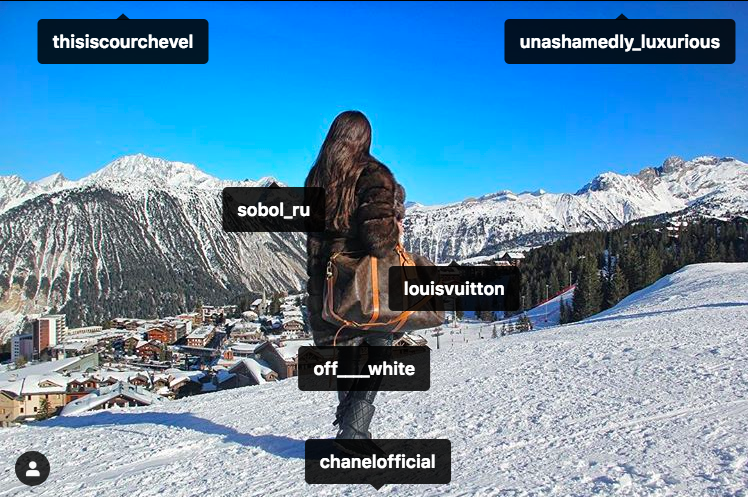Fashion vs. Fakes

People are obsessed with buying the newest and the most authentic products that are offered by fashion houses. This fascination with fashion and brands created an enormous market of luxury goods with a value of 385.7 billion dollars in 2017. World-recognized fashion houses like Chanel, Dior and Louis Vuitton, always have a high number of customers lining up to purchase designer pieces of clothing, purses and shoes. However, the number of fashion items in the market has to be small to increase the value of luxury goods and keep them exclusive. Due to this exclusivity, replicas in the fashion market have gained popularity over time and in 2017, the fake fashion market reached 450 billion dollars. To protect their names and status, fashion houses have been left with no other choice but to develop a set of methods that can assure their clients of the product's authenticity and maintain the necessary level of trust between the fashion brand and its final buyer.
Louis Vuitton, Rue Du Rocher 73120, 73120 Courchevel. Photo Credit: Kristina KuznetcovaHermès, as one of the most prestigious fashion brands on the market, is often targeted to be faked. To produce a truly unique item, the brand has merged the traditional craftsmanship technique with the use of modern technologies. According to Charlotte Eleanore Beraud, who has been in the fashion industry for decades, Hermès has differentiated itself by one of the fundamental elements of craftsmanship: stitching. "The way Hermès stitches all their bags, clothing or shoes is unique. It is achieved by applying different pressure to each stitch. Hence, no matter how hard the imitators will try to copy the technique, they won't be able to obtain the same result," explains Beraud.
In addition to the way the designer house makes its items, Hermès is also using technology to protect its products. There are hidden RFID tags inside of each item that can be read only by the brand's own proprietary solutions, which makes it astronomically difficult to replicate. Beyond that, each tag is in a unique place for each model. There are micro numbers next to the purse's lock stating the unique code of the item. These numbers are inscribed with specific machines that make them too small for the human eye to read.
Hermès, Le Coeur de Courchevel, 1850 Rue du Rocher, 73120 Courchevel. Photo Credit: Kristina Kuznetcova
One of the issues because of the mass market of fake luxury items is that people are becoming increasingly wary of buying the real thing, especially from previous owners. Now, the box that goes with the item makes it more valuable; if the box is missing the price of the product significantly drops because it is harder to prove its authenticity. Along with that, the article will not be accepted by the designer house for any repair or customization if the receipts and certificates of authenticity were not reissued to the new owner.
The only possible way to make the brand accept their product back is by bringing all of the certificates and receipts for the product, along with some personal identification, or to bring the previous owner to the store. Iuliia Kuznetcova shared her experience, "I bought my Dior handbag in Switzerland. I tried to give it for the handle repair in the Dior service center in Paris but was refused due to the absence of the receipt with me. The only way they were able to accept it, was because the manager found my purchase in the Dior database and compared it with the details in my passport."
Dior, 98 Rue du Rocher, 73120 Courchevel Saint Bon. Photo Credit: Kristina Kuznetcova
Besides all the technical aspects, fashion brands were able to build a bridge of trust between them and their clients through the modification of customer experience. The fashion shows that are organized to reveal new designer collections bring together the best buyers that receive personal invitations as a sign of respect for their brand loyalty. The luxury atmosphere that is skilfully created by big designer houses is one of the key elements that fake fashion cannot provide. The rich brand history, the service, and the status associated with the products are what makes the feeling of the purchase so special. After all, buying a real luxury item can increase the buyer's confidence, and replicas don't create the same feeling, no matter how authentic they may look.
Phillip Plein, Rue des Tremplins Olympiques, 73120 Saint-Bon-Tarentaise. Photo Credit: Kristina Kuznetcova











